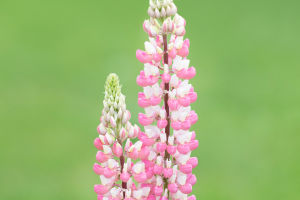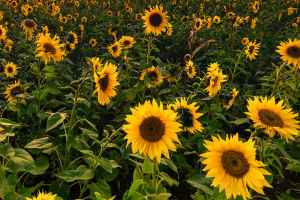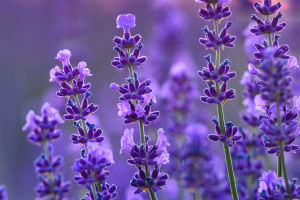Welcome to the world of succulents, Lykkers! For those who enjoy surrounding themselves with natural beauty and simple elegance, cacti and succulents are the perfect companions.
These plants bring a unique charm to homes, balconies, and workspaces, thanks to their sculptural shapes and minimal care needs.
Beyond their appearance, many species can reward patience and proper care with vibrant, captivating flowers. While not all succulents bloom easily, many do when the right conditions are met. Let’s explore how to create the perfect environment for these hardy plants to show off their hidden floral potential.
The Blooming Process
Each species of cactus and succulent is biologically designed to bloom in a way that allows it to create seeds and ensure its continuity. In nature, these plants often grow in harsh, dry environments, so their flowering process is extremely energy-efficient. They draw just enough water and nutrients to bloom without endangering their survival.
If the environment is too stressful or unbalanced, flowering may not occur. However, under the right conditions, these plants can produce stunning displays. In rare cases, when a plant experiences a shock from environmental stress, it may produce flowers early as a survival mechanism.
How to Encourage Blooming
Succulents bloom at different times depending on their species—some in autumn, others during late winter or early summer. To encourage flowers, consider providing nutrient-rich soil enhanced with a fertilizer that has a high percentage of phosphorus and potassium. These elements are essential in stimulating blooms.
Understanding the native climate of your specific plant can also be beneficial. Certain succulents will only flower after experiencing colder temperatures. For these species, avoid keeping them in continuously heated environments. A few weeks of cooler conditions—just above freezing—can prompt them to produce buds, as this simulates their natural seasonal changes.
The Easiest Bloomers
Not all succulents need decades to bloom. While large varieties like Echinocactus grusonii (commonly known as the “mother-in-law’s cushion”) may take over 20 years to flower, many smaller species bloom at a much younger age.
If you're looking for an easy win, consider species such as Mammillaria, Echinopsis, Lobivia, and other compact succulents like Echeveria, Crassula, mini euphorbias, and Mesembryanthemum. These plants often flower early and generously when provided with suitable care.
One of the most reliable and popular indoor bloomers is the Schlumbergera truncata, commonly known as the “holiday cactus.” It typically blossoms between late fall and early spring, often coinciding with the festive season. Bright light and temperatures below 18°C are ideal for encouraging its buds to form, resulting in a stunning bloom in red or pink shades that lasts for weeks.
Essential Care Tips
To maximize blooming potential, lighting is crucial. Place your plants in well-lit areas, preferably near windows with indirect sunlight. Avoid direct exposure during peak daylight hours, as it can scorch the leaves.
Watering should be moderate. Allow the soil to dry completely between waterings, and always use containers with drainage holes. Succulents do not appreciate standing water, and overwatering can prevent blooming entirely.
As for soil, well-draining mixes designed specifically for succulents and cacti are the best option. These usually include sand, perlite, or pumice to keep roots healthy and aerated.
Blooming is a Reward, Not a Race
Bringing succulents and cacti into bloom indoors may take time, but it is always a joyful reward for consistent care. These fascinating plants ask for very little but can offer so much in return. With a touch of patience, the right balance of nutrients, and the ability to mimic seasonal changes, even the most modest cactus can surprise you with a bright and dazzling bloom.
So, dear Lykkers, as you tend to your green companions, keep an eye out for those tiny buds—they’re the plant’s way of saying thank you. Here's to greener spaces, blooming surprises, and the little joys that make a space feel truly alive.


